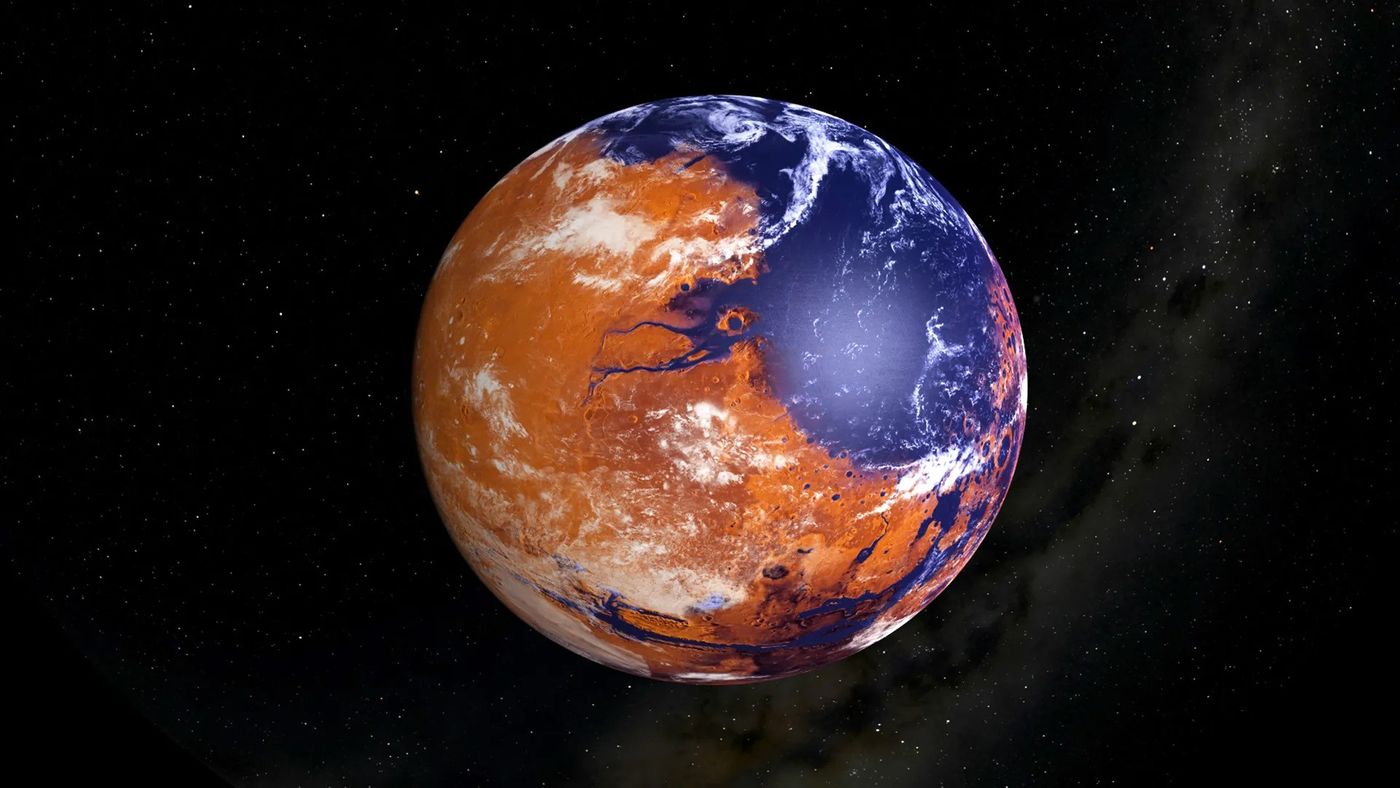The Habitable Mars? Examining Isotopes in Gale Crater
Was the planet Mars ever habitable and what conditions led to it becoming the uninhabitable world we see today? This is what a recent study published in the Proceedings of the National Academy of Sciences hopes to address as a team of researchers from the United States and Canada investigated how carbonate minerals found within Gale Crater on Mars could help paint a clearer picture of past conditions on the Red Planet and whether it was habitable. This study holds the potential to help scientists better understand the formation and evolution of Mars and whether it once had the necessary conditions to support life as we know it.
Studying carbonate minerals is important due to their ability to tell scientists how a climate formed and evolved over time, with these carbonate minerals containing large amounts of carbon and oxygen isotopes, specifically Carbon-13 and Oxygen-18, which the study notes is the highest amount of these isotopes identified on the Red Planet. Carbon-13 and Oxygen-18 are known as environmental isotopes, which are used to better understand the interactions between a planet’s ocean and atmosphere and how life could exist. While Earth is the only known planet to support life, studying these isotopes on Mars could help scientists better understand if life could have formed on Mars long ago.
Artist’s illustration of an ancient Mars with liquid water oceans. (Credit: NASA/MAVEN/The Lunar and Planetary Institute)
“The isotope values of these carbonates point toward extreme amounts of evaporation, suggesting that these carbonates likely formed in a climate that could only support transient liquid water,” said Dr. David Burtt, who is a NASA Postdoctoral Fellow at NASA’s Goddard Space Flight Center and lead author of the study. “Our samples are not consistent with an ancient environment with life (biosphere) on the surface of Mars, although this does not rule out the possibility of an underground biosphere or a surface biosphere that began and ended before these carbonates formed.”
In the end, the researchers propose two processes responsible for the formation of the carbonate minerals within Gale Crater: Wet-dry cycles when liquid water could be laid down and evaporate or ice-forming conditions in very salty water which froze and eventually evaporated. While global climate models of Mars have been debated for decades, this study marks the first time that isotope samples have been used to better understand the past and present climate of the Red Planet.
What new discoveries will researchers make about the history of Mars in the coming years and decades? Only time will tell, and this is why we science!
As always, keep doing science & keep looking up!
Sources: Proceedings of the National Academy of Sciences, ScienceDaily, Wikipedia, NASA









